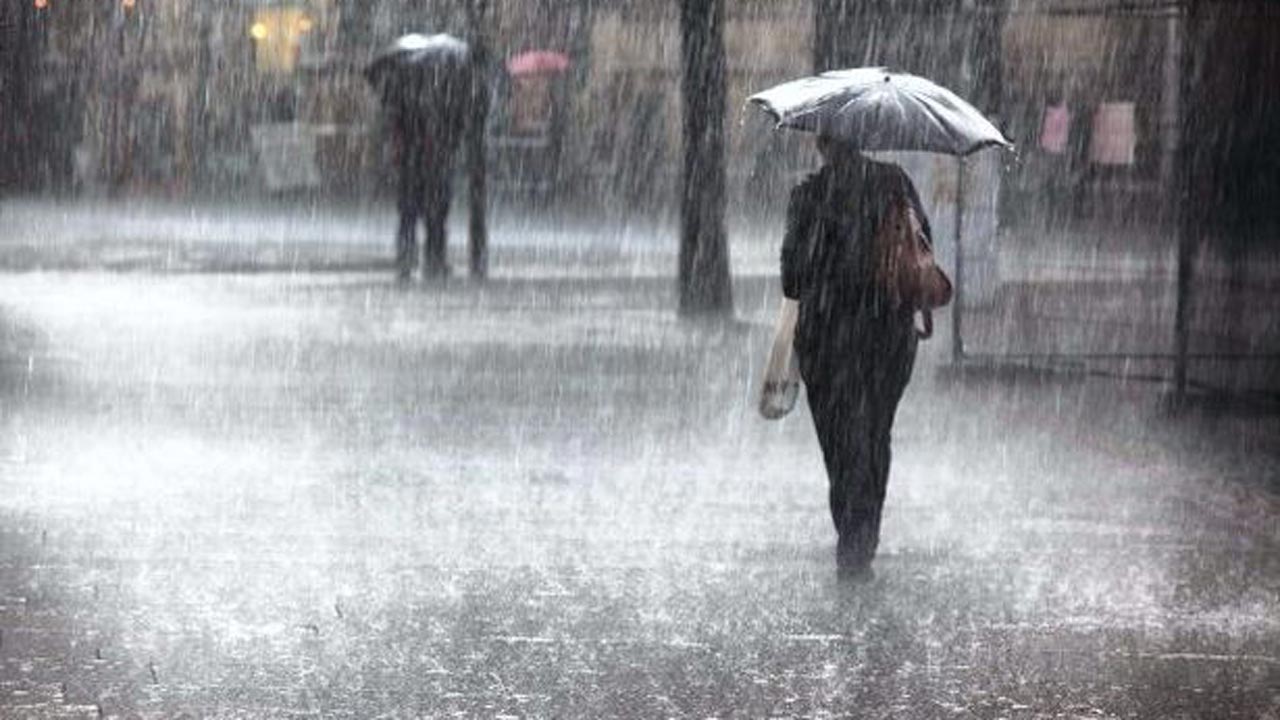

KATHMANDU: Continuous rainfall has been occurring since Friday night across large parts of the country, though extremely heavy rainfall has not yet been recorded, according to the Department of Hydrology and Meteorology.
In the past 12 hours, the highest rainfall of 110.1 millimeters was recorded in Birgunj, Parsa, the department said.
Speaking at a briefing on Saturday evening with Minister for Energy, Water Resources and Irrigation Kulman Ghising and senior government officials, Director General Kamalram Joshi said that very heavy rainfall is likely from 10 p.m. Saturday to 2 a.m. Sunday, and that rainfall will continue until 8 a.m. Sunday.
“I urge residents of Madhesh, Bagmati, Gandaki, and Lumbini provinces to remain highly cautious. Please take extra care if you must travel,” Joshi said.
According to him, rainfall exceeding 200 millimeters in 24 hours is classified as heavy, and above 300 millimeters as very heavy, though the threshold varies depending on geography.
The department has issued red alerts for 17 districts where heavy to very heavy rainfall is expected. In Koshi Province, Sunsari and Udaypur are under red alert until Sunday morning.
In Madhesh Province, all eight districts — Saptari, Siraha, Dhanusha, Mahottari, Sarlahi, Rautahat, Bara, and Parsa — are under red alert.
In Bagmati Province, Sindhuli, Dolakha, Kathmandu, Bhaktapur, Lalitpur, Makawanpur, and Chitwan have also been placed under red alert.
“Residents in and around these districts should exercise extreme caution,” Joshi warned. Other districts are also at high risk of floods and landslides, including Jhapa, Morang, Ilam, Dhankuta, Panchthar, Tehrathum, Bhojpur, Khotang, Okhaldhunga, Solukhumbu, and Sankhuwasabha in Koshi Province; Gorkha and Eastern Nawalparasi in Gandaki; and Western Nawalparasi, Rupandehi, and Kapilvastu in Lumbini Province.
Joshi added that the rainfall system will gradually shift toward eastern Nepal by Sunday morning, bringing heavier rain to the eastern Tarai and mid-hill regions. The weather system is expected to weaken from Monday morning, leading to a gradual decrease in rainfall.